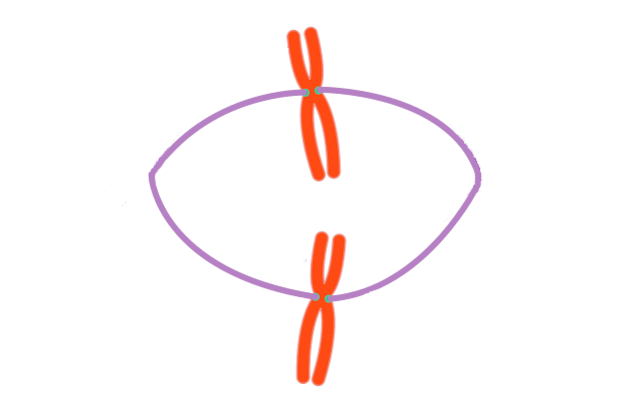For decades we have employed slow freezing of gametes and embryos and performed the dehydration and rehydration steps at room temperature with results which until recently were considered satisfactory. Today, vitrification is the cryopreservation method of choice in many clinics and alternative protocols are available. Different manufacturers of vitrification products have different recommendations regarding procedure temperature, commonly either room temperature or 37⁰C, but which is the optimal temperature for vitrification and why? This blog post will give you insight.
The role of cryoprotectants and temperature
My colleague Hubert has in a previous post written about three factors to keep an eye on for successful vitrification, one of them is cryoprotectants. Vitrification uses high concentration of cryoprotective agents (CPRs) to avoid intracellular ice crystal formation. However, the high concentration of CPRs in the vitrification solutions increase the risk of cell damage by elevated chemical toxicity and osmotic stress1.
Hence, to be able to choose the optimal vitrification products we need to know not only which temperature is the optimal for the survival of oocytes and embryos but also consider their subsequent development.
The key to good results in vitrification is to find a balance between cryotoxicity (CPR concentration), temperature and exposure times.
The meotic spindle is sensitive to temperature fluctuations
It has been known for a long time that the meiotic spindle is composed of microtubules which allows chromosome separation of maternal chromosomes during fertilisation2 and that these spindles are very sensitive to fluctuations in temperature3. In addition, cooling to room temperature can cause irreversible disruption to the meiotic spindle in human oocytes.4
Maintaining physiological temperature is crucial
To avoid cell damage and unnecessary stress to oocytes, short defined time frames at 37⁰C should be used for vitrification and warming to achieve optimal survival rates and subsequent embryo development. In addition, 37⁰C should also be a safer procedure when considering the potential risk of epigenetic effects after cryopreservation.5, 6
Learn more about why 37⁰C is the optimal temperature
I have summarised five studies that discuss the optimal temperature for vitrification. They all show that 37⁰C is the optimal temperature in order to not make damage to the spindle and to achieve good results. Click below to download the summary.
References
1. Szurek E.A and Eroglu A (2011). Higher temperatures are associated with greater toxic effects of cryoprotectant due to sudden changes in osmotic pressure. Lower temperature can reduce the toxicity of cryoprotectants. Comparison and avoidance of toxicity of penetrating cryoprotectants. PloS one 6, e27604, 10.1371/journal.pone. 0027604
2. Moor R.M and Crosby. I.M (1985). Temperature-induced abnormalities in sheep oocytes during maturation. J. Reprod. Fertil. 75, 476-483.
3. Pickering S.J. and Johnson M.H (1987). The influence of cooling of the organization of the meiotic spindle of the mouse oocyte. Human Reprod 2, 207-216.
4. Pickering S.J, Braude P.R and Johnson M.H (1990). Transient cooling to room temperature can cause irreversible disruption to the meiotic spindle in human oocytes. Fertil. Steril. 54, 102-108.
5. Chen H, Zhang L, Deng T, Zou P, Wang Y, Quan F and Xhang Y (2016). Effects of oocyte vitrification on epigenetic status in early bovine embryos. Theriogenology 86 (3), 868-78.
6. Petrussa L, Van de Velde H and De Rycke M (2014). Dynamic regulation of DNA methyltransferases in human oocytes and preimplantation embryos after assisted reproductive technologies. Mol Hum Reprod 20 (9), 861-74.
Topics: Vitrification
Written by Dr. Ann-Helene Jakobsson
Ann-Helene has a PhD in Genetics and started her career in IVF as Lab Manager at the private clinic Fertilitetscentrum in Sweden. Ann-Helene is a popular lecturer at Vitrolife workshops where she makes complicated matters easy to understand.

